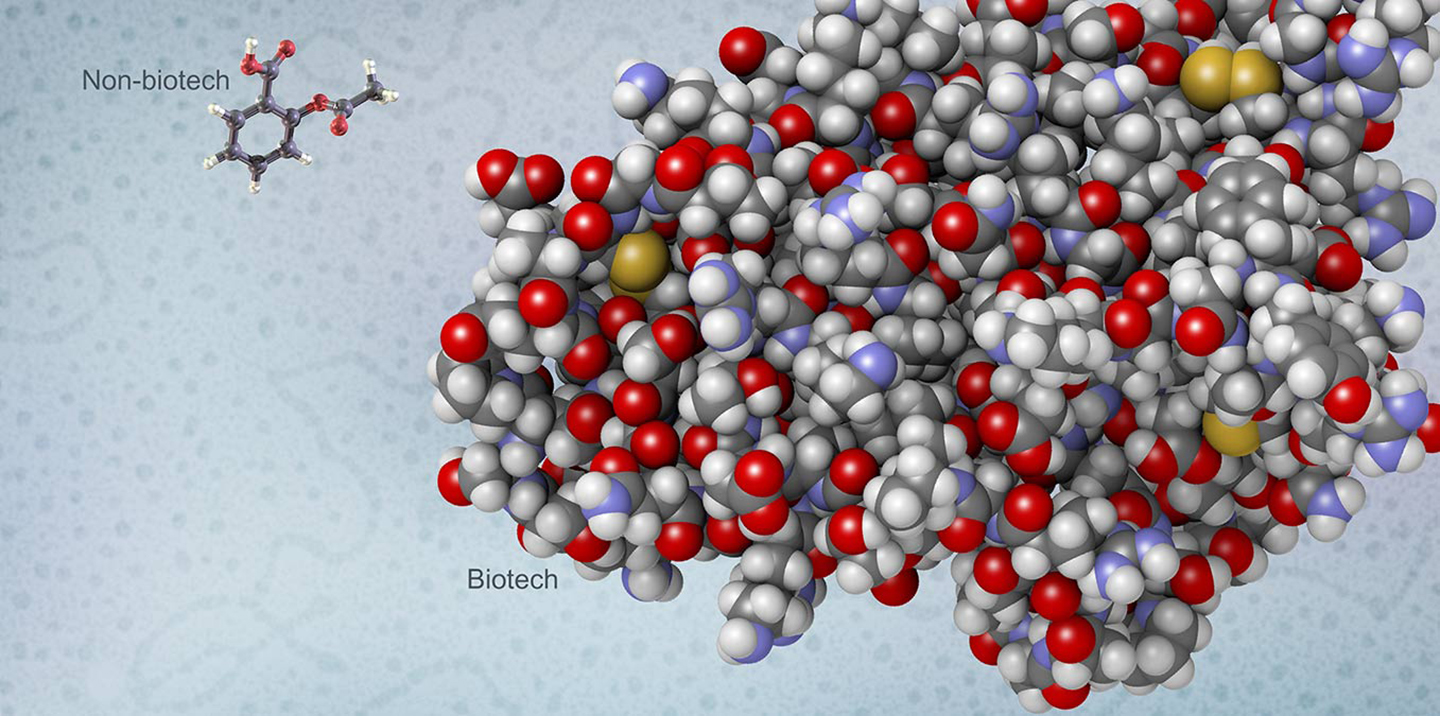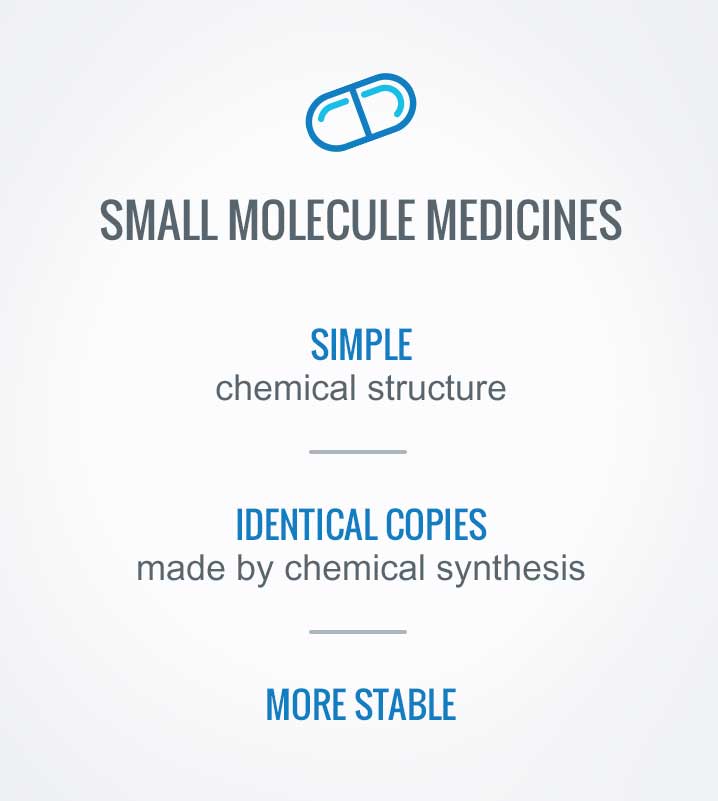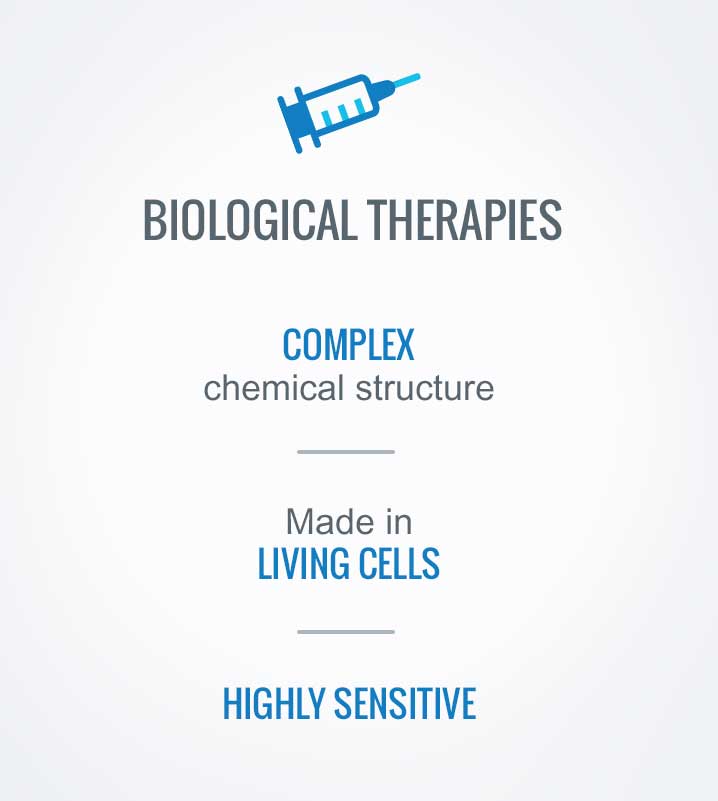
Capturing the incredible complexity of biotechnology in a single image may seem a near-impossible task. But this side-by-side “ball and stick” comparison, which plunks down a non-biotech small molecule (left) beside a large biologic molecule (right), comes close. The image on the left: Aspirin. With just 21 atoms and a molecular weight of 180 daltons, it has a simple and stable chemical structure. With the right formula, making identical copies of this small molecule pill is relatively easy.
Conversely, the image on the right is a depiction of erythropoietin. The erythropoietin protein has 2,634 atoms and weighs 30,400 daltons. This protein has primary, secondary, tertiary, even quaternary, characteristics. When looking at this image by comparison, it may not come as much of a surprise that reproducing this type of medicine, which involves growing it in living cells, takes a far more elaborate, precise and environmentally sensitive manufacturing process.
Erythropoietin is a hormone in the human body. One of the great early feats of biotechnology involves harnessing elaborate biologic activities such as this — activities that already exist in nature — to create a medicine. It’s an early and striking example of what biotechnology at Amgen is all about, about how we strive to unlock the potential of biology for patients. And yet, this example is just the tip of the iceberg. The isolation of the erythropoietin gene, and its successful insertion it into another living cell, was an important innovation at Amgen that led to its first biotechnology medicine. And today, the medicines we make continue to grow in sophistication as we find new ways to combat disease — and so too does our expertise in manufacturing them.


